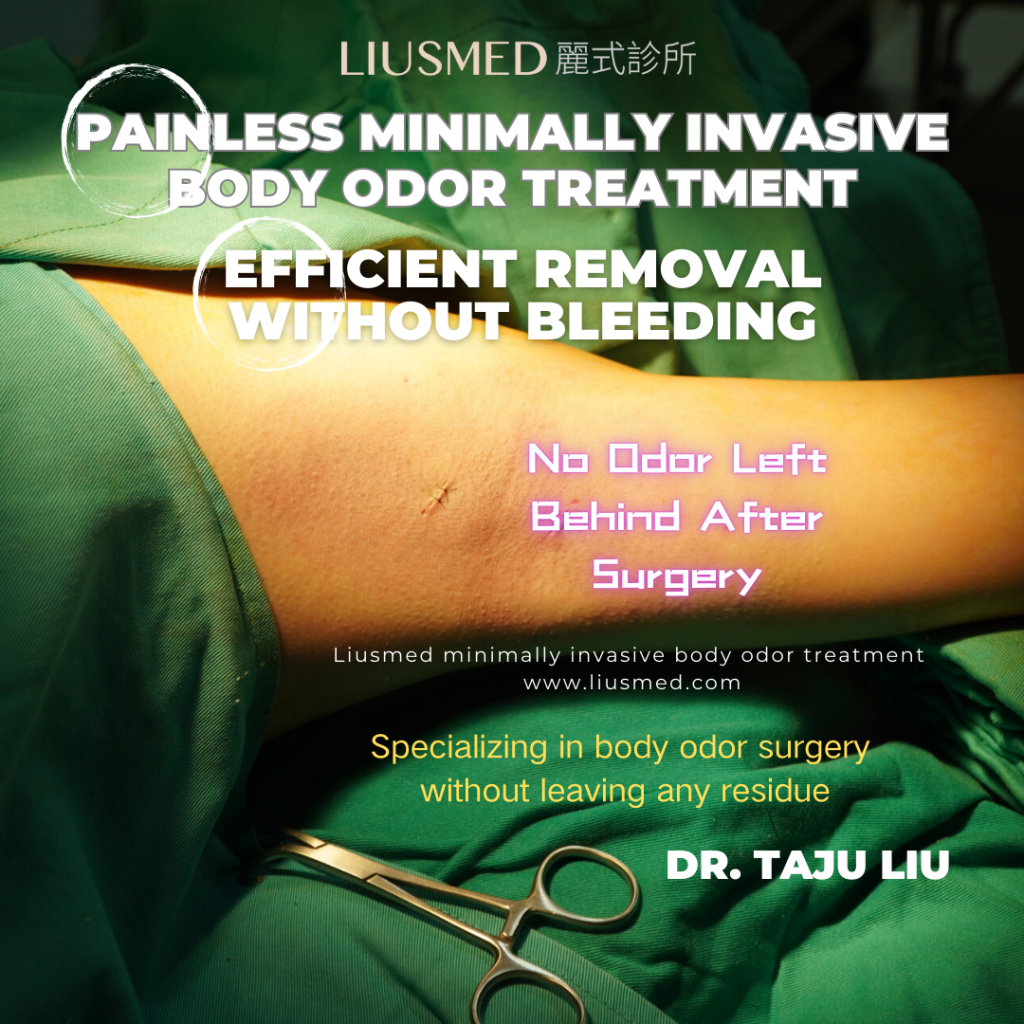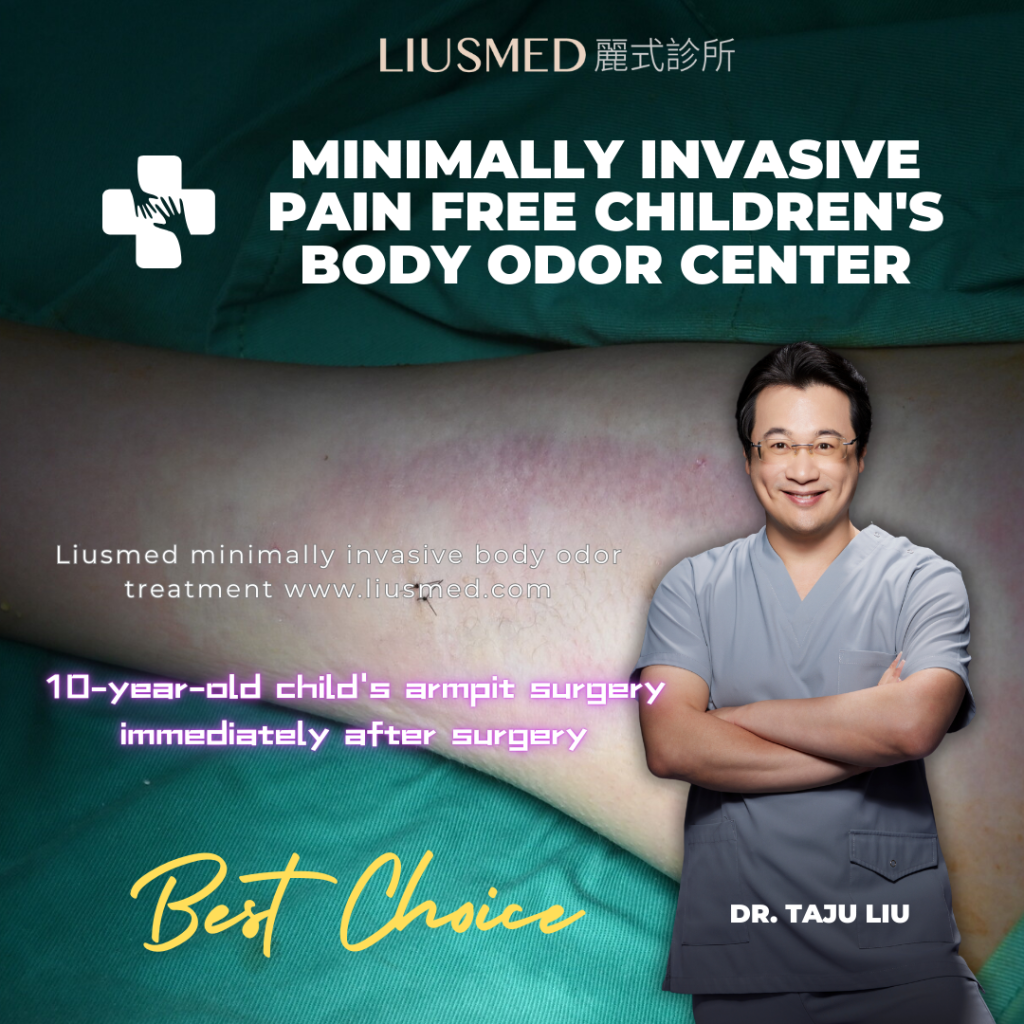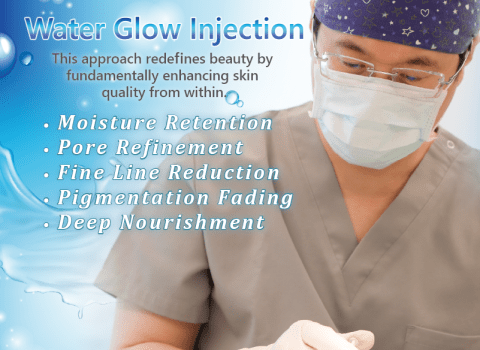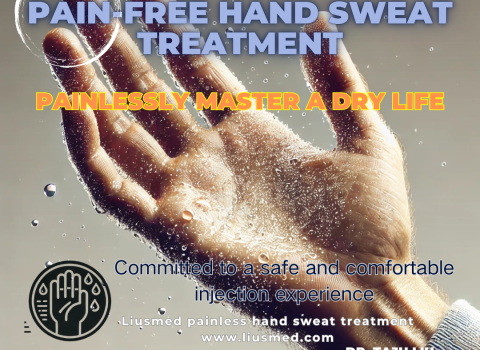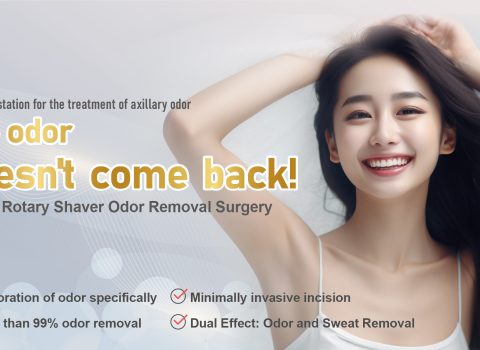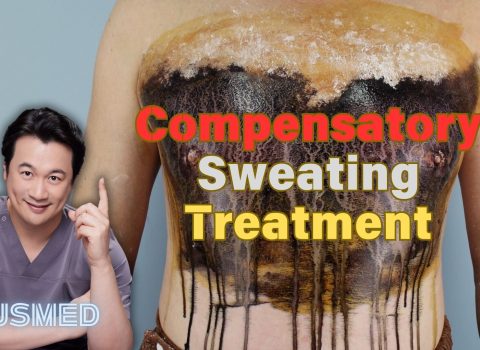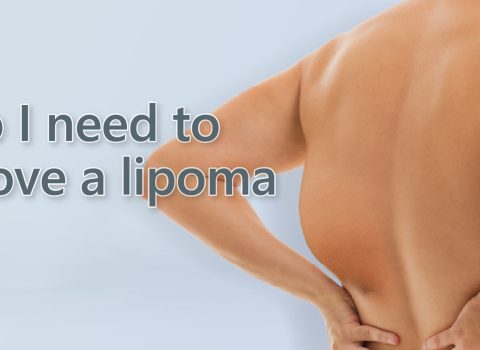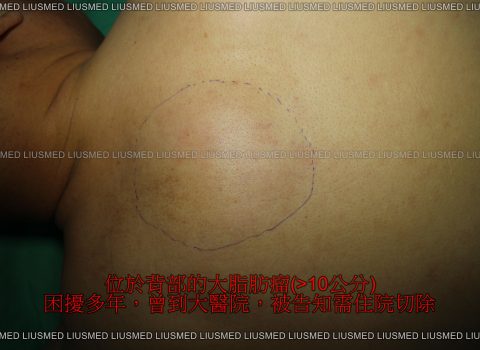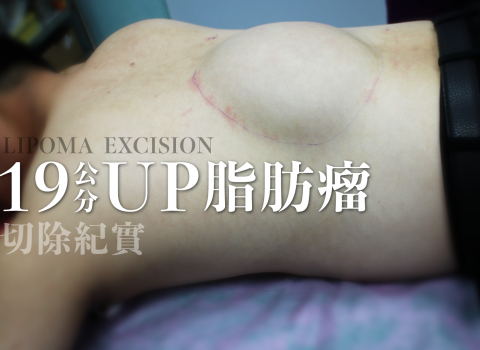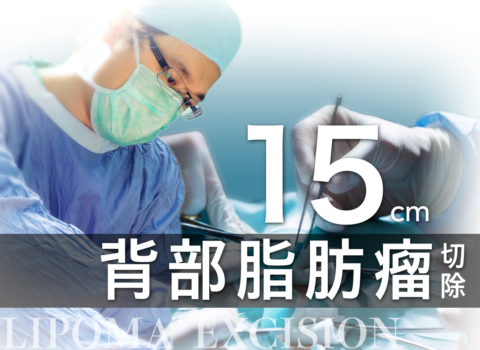
Due to the large number of patients who come to me for axillary odor surgery (minimally invasive axillary odor surgery) and pediatric axillary odor surgery, and many people who want to learn more through contact, I have specially compiled some recent experiences and common questions for reference, hoping to help more people understand this surgery.
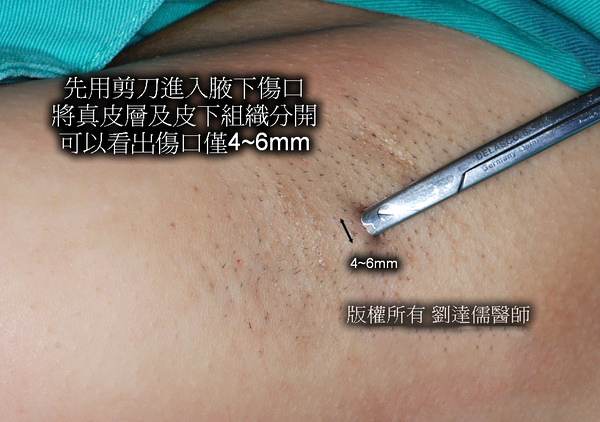
Axillary odor surgery and sweat removal surgery
A few patients who came to me for small incision rotary shaver odor removal surgery raised some questions based on the information they collected from internet during the consultation. I think there is a problem with these information, and I would like to remind you of this so that you can have a better understanding of my axillary odor surgery.
Before a patient comes to see me for surgery, they may have consulted with other clinics about their axillary odor. This is normal and I encourage everyone to seek advice and compare to find who is more professional. Among patients who have consulted elsewhere, some have heard a strange statement:
“Axillary odor rotary shaver surgery usually requires many times, and can only reduce some odor, it is impossible to have no odor. In addition, rotary shaver deodorization surgery does not help with axillary sweating, if you want to improve sweating problems, you still need to spend money on axillary sweating treatments, such as miraDry fresh microwave sweat therapy.”
I would like to specifically inform everyone here that the above statement is “incorrect“.
I have over 15 years of experience with rotary shaver treatment for axillary odor and have treated many cases. From the first shaver, I had a philosophy in mind for the essence of the surgery, which is:
“Cleanliness first”
The reason is that I am well aware of how much discomfort and psychological stress axillary odor can cause to patients. If a better and more suitable treatment can be sought, most people will not choose the path of surgery; and I can also appreciate that once someone decides to do axillary odor surgery, they must hope to be “absolutely clean and odorless” and “only need one operation“.
Because of such claims and goals, many patients with axillary odor trust me, so there are many patients who come to me for rotary shaver odor removal surgery. Also, because there are many cases of execution, the feedback statistics after surgery are more in line with the real surgical outcome. First, in terms of the problem of smell, in the postoperative follow-up observations, more than 99% of cases have indeed made them feel what is called “completely odorless” after my axillary odor removal surgery. Because the removal of the glands has cut off the source of the odor, it will not cause any odor, and the results are correspondingly obtained in theory and practice.
Second, rotary shaver odor removal surgery also has some “additional” therapeutic effects, which are also feedback from patients’ inquiries and can be shared with everyone. Many patients who have had rotary shaver surgery also mention during follow-up visits that, in addition to being extremely happy with no odor, sweating has also unexpectedly decreased a lot, at least 90% effective, and sweat almost never runs under the armpits, making life much more convenient. Because the glands that the rotary shaver odor surgery destroys are also sweat glands, not only will the odor be eliminated, but sweating will also decrease, and there is no need for another sweat removal surgery or other sweat treatments. Minimally invasive rotary shaver odor surgery is in itself a sweat removal surgery.
In conclusion, minimally invasive rotary shaver odor surgery is a mature surgical method and is currently the most effective way to treat axillary odor. This surgery can not only eliminate the odor (> 99% elimination) and sweat (reduced by 90%), but it can also eliminate hair (reduced by 80-90%) at the same time and will not recur with only one time surgery. This is the information I believe is correct.
In addition, there are many people who ask about child body odor. It can also be treated using the minimally invasive rotary shaver method for body odor treatment. If you are interested in this topic, you can refer to my other article: Treatment of Body Odor in Children| Body odor in Children
Comparison of Body Odor Treatment Methods
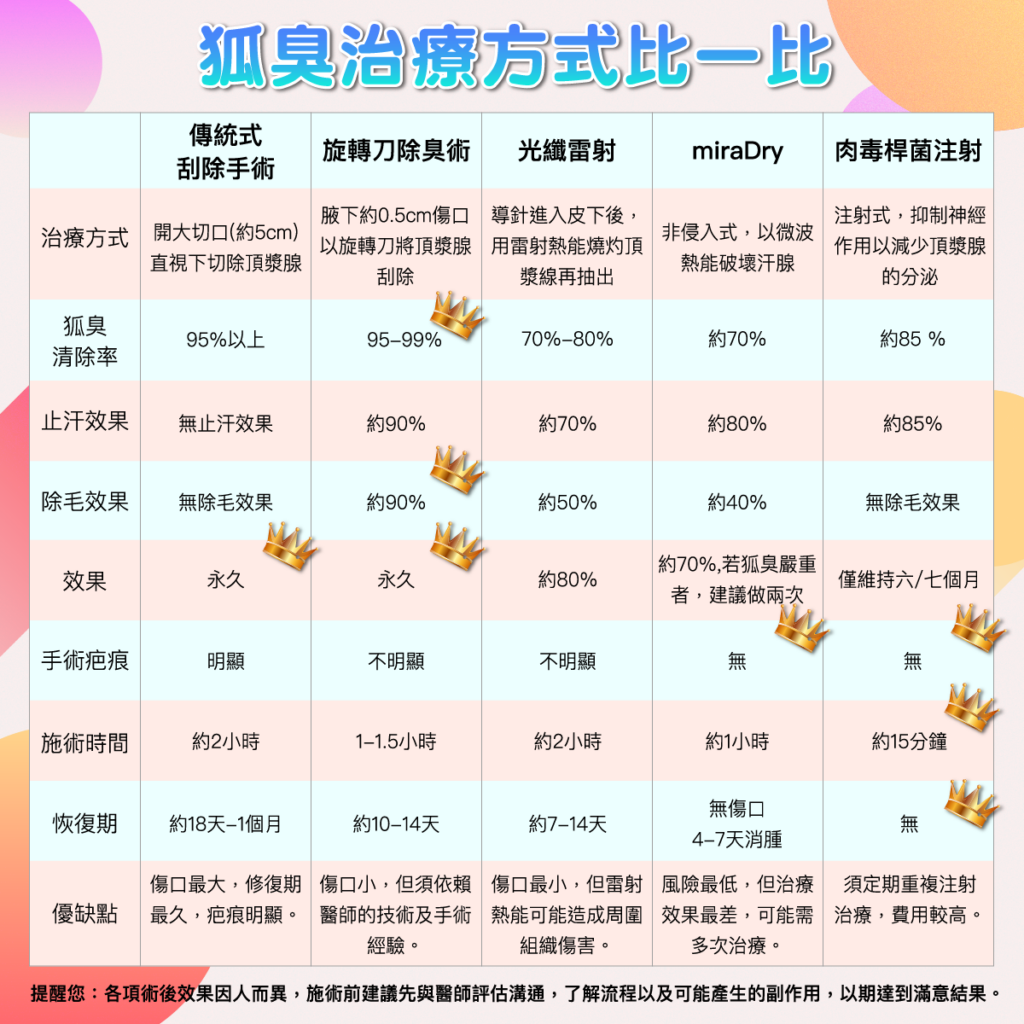
miraDry Fresh Microwave and Deodorization
The main advantage of miraDry underarm sweat treatment is minimally invasive deodorization, which provides another option for patients who cannot undergo surgical incisions or who do not want to have a postoperative recovery period. One session can achieve a reduction of 90% in underarm sweating and 70-80% reduction in odor. This ratio is based on the statistics of many minimally invasive deodorization cases I have performed (but if different doctors operate, the results may not be the same due to the extent of gland damage). If patients are interested in this treatment, they should refer to and compare more. If the postoperative sweating (deodorization) effect is not as expected, it may still be necessary to do a second time.
For more details about miraDry Fresh Microwave, please refer to:Liusmed Clinic – miraDry Fresh Microwave Deodorization Surgery
Body odor surgery, minimally invasive body odor surgery, rotary shaver body odor surgery, common questions and post-operative care
Question 1:
I have a body odor problem and my body smell is heavy. I would like to know if Dr. Liu’s rotary shaver body odor surgery will solve the problem?
Many people on the internet say that there will be post-operative recurrence, such as before and after menstruation. Will this be the case? I also want to know if the scars after the surgery will be obvious and big?
Dr. Liu’s answer:
The number of apocrine glands, which are the main glands responsible for producing odor, differs from person to person. The efficacy of mini-incision rotating shaver axillary odor surgery (minimally invasive axillary odor surgery) varies among doctors due to differences in techniques, proficiency, and judgment of remaining glands after removal. This is normal. Hence, the issue of recurrence often mentioned actually results from a “comparative” less thorough removal.
In my own case, during surgery I remove over 99% of the apocrine glands and “repeatedly check” to ensure that I have cleared them completely. As a result, the likelihood of recurrence among my patients is “very low” (I have been performing this surgery for 15 years and have yet to have a patient experience recurrence). My patients are odor-free, even during their menstrual cycle or when their nose is in close proximity to their armpit. Hence, if I were to perform this surgery, I would position it as a “clearing surgery” and a “one-time clearing”.
Please ask and compare different doctors if you need to undergo this surgery, in order to avoid any harm to your own rights and interests. According to my knowledge, the chance of relapse is higher mainly from other odor treatment methods such as laser odor removal (laser lipolysis), electrocautery odor removal, and ultrasonic lipolysis odor removal. The main reason is that the apocrine gland cannot be completely cleared.
The scar under the armpit is small, about 0.5-1.0 cm in length and hidden in folds, but if you take good care of the wound, it will become less noticeable in one or two months.
Although this surgery is minimally invasive, the postoperative care is related to the presence or absence of side effects and the presence or absence of obvious scars. Therefore, I must explain it to you first: after the surgery, the skin under the armpit is separated from the underlying tissue, so a piece of gauze is sutured to press this separated skin back. If the process goes well, recovery will be very good in one or two weeks. If there is a mistake in this process, such as coming into contact with water, infection, lifting heavy objects, excessive sweating, etc., skin necrosis may occur and cause unsightly scars, so it is necessary to take good care after the surgery, and be careful.
Question 2:
Does compensatory sweating occur after rotary shaver axillary hyperhidrosis surgery (minimally invasive hyperhidrosis surgery)? I’m not quite sure what compensatory sweating is.
Dr. Liu’s answer:
Some people undergo surgery to block the sympathetic nerve (ETS surgery, Endoscopic thoracic sympathectomy) in order to treat hyperhidrosis of palms, either by cutting the nerve endings or by endoscopic electrocauterization. After the surgery, sweating patterns may change, such as increased sweating in the back, chest, or legs, leading to compensatory sweating problems. If compensatory sweating is severe, it can be more bothersome than the original hyperhidrosis of palms, requiring multiple clothing changes a day, and with no solution, seriously affecting life and work and even leading to depression.
Compensatory sweating occurs only in patients with “ETS surgery, Endoscopic thoracic sympathectomy” for “hyperhidrosis of palms” and cannot occur in patients with “minimally invasive rotary shaver axillary hyperhidrosis surgery” for “axillary odor”, because this surgery does not remove or block the sympathetic nerve, so you can be relieved.
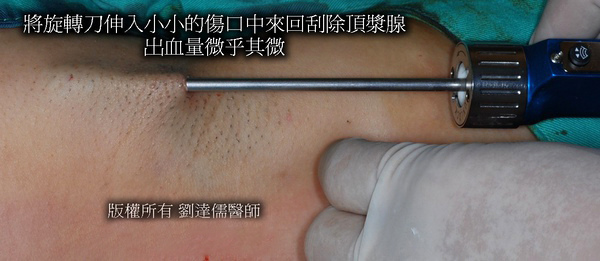
Question 3:
Are there any side effects after the micro-incision rotary shaver axillary odor removal surgery?
Dr. Liu’s answer:
Aside from temporary pain (2-3 days) and inconvenience (do not touch water under the arm for about 14 days after the surgery), the scars under the arm are small and hidden in folds, so they should not be visible after one or two months. Most side effects can recover, and it is medically impossible to guarantee 100% safety. Severe side effects (such as hematoma) are very, very rare, but I have not encountered them yet…
Because the skin under the arm after the surgery is separated from the underlying tissue, a piece of gauze is sewn to press this separated skin back. If this process goes well, recovery will be good in one or two weeks.
If there are mistakes in this process, such as water exposure, infection, carrying heavy objects, excessive sweating, etc., which cause the skin to not adhere properly, skin necrosis may occur, leading to the side effect of unsightly scars… Therefore, skin necrosis and scars that may occur after the surgery are the only possible side effects, and care must be taken after the surgery.
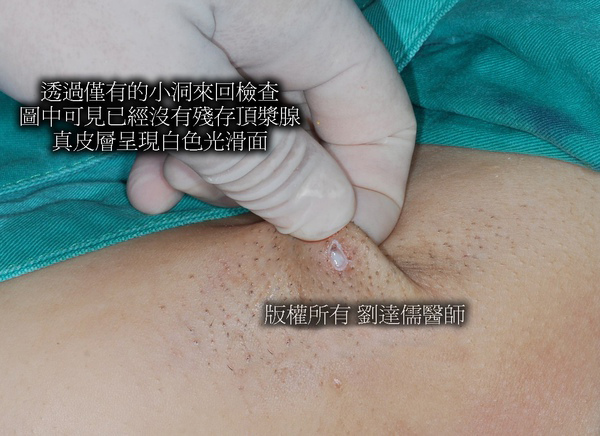
Question 4:
Is surgery a good option?Some people say that surgery is the last resort. Would you recommend surgery for someone who generally has body odor?
Dr. Liu’s answer:
Surgery is a last resort, but it’s also the only way to achieve “clean removal”. So I think it’s the best option… If my patient has a problem with axillary odor, I would recommend surgery to remove it, especially when we have better and stronger tools that can achieve “low side effects, high removal rate, and one-time removal” under standard conditions. In my patients, after surgery, besides the possibility of pain for one or two days, there have been no side effects and the patients are highly satisfied. The odor is also gone…
Postoperative pain is normal, and I will give you some painkillers and antacids to eat, which can effectively relieve pain.
If you have any doubts about surgery, I can give you many alternative methods to relieve the odor, including the “injection method”, which has a good satisfaction rate for relieving body odor, but the disadvantage is that it’s not permanent, and an average of one injection is required every six months, which is more inconvenient.
In recent years, the latest method, such as “miraDry underarm sweat removal”, can also be used to treat hyperhidrosis and body odor. Related information can be found at the following link:
Solve underarm sweat and body odor troubles together – Minimally invasive sweat therapy
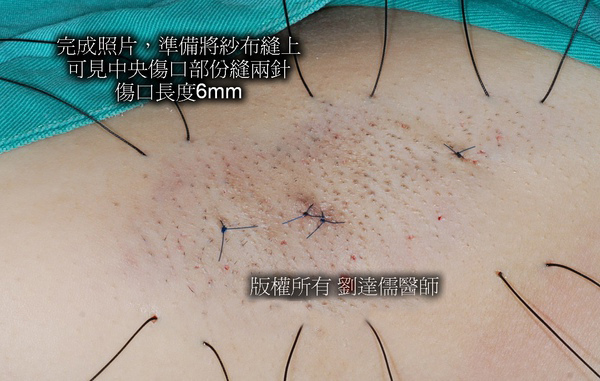
Question 5:
Is it painful during surgery? Is it only painful when being given anesthetic? Will it be painful during suture removal?Also, can you please tell me what other methods besides surgery Dr. Liu mentioned?
Dr. Liu’s answer:
The surgery only hurts during the first needle injection and later when the local anesthetic is infused (anesthetic method: tumescent anesthesia). Generally, my patients consider the pain to be within an “acceptable range,” with only mild swelling and pain. The surgery is not painful at all, and you’ll only feel like I’m moving around under your arm. About an hour and a half to two hours after the surgery, you’ll start to feel pain, with the most painful time being about 1-3 days after the surgery. After 3 days, it’ll feel much better. I usually prescribe oral pain relievers to relieve the pain. Besides surgery, you can use local injection treatment to reduce sweating (it lasts about 6 months).
In recent years, the latest method, such as “Miradry Underarm Sweat Removal,” can also be used to treat hyperhidrosis and reduce odor.For related information, you can refer to the following link:
Solving hyperhidrosis and odor problems together – Non-invasive sweat treatment
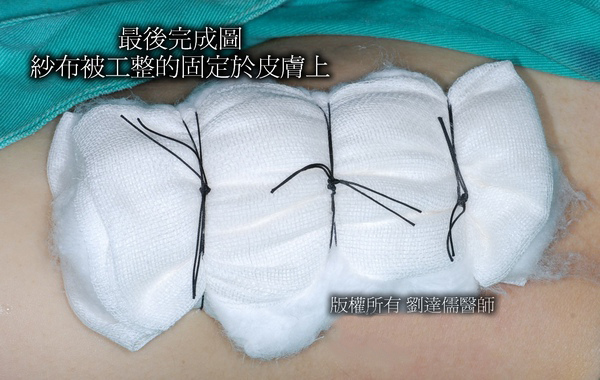
Question 6:
Will this surgery hurt the skin or lymphatic circulation under the armpit? What are the advantages compared to traditional surgery? Also, could you ask the doctor about the effect on hair removal and sweating under the armpit after the minimally invasive rotary shaver axillary odor surgery?
Dr. Liu’s answer:
Whether it will hurt the skin and the advantages compared to traditional surgery must be explained from several aspects:
First, the actual wound under the armpit is only 0.6-1.0 cm and several stitches, and there are no other wounds (as seen in the top picture). The total postoperative wound length of traditional surgery is 8-12 cm.
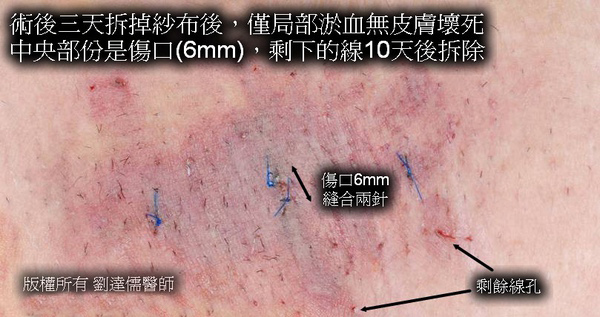
Second, the rotary shaver used to scrape the sweat glands under the armpit has a diameter of only 0.4 cm (as shown below) and two “protective fences” (as shown below) at the top of the rotary scraper to avoid direct contact with the delicate skin under the armpit, making protection of the skin the maximum, so the phenomenon of skin damage is much smaller than traditional surgery.

Third, the lymphatic circulation under the armpit can be divided into two parts: superficial and deep. The superficial lymphatic circulation is located in the “superficial dermis below the epidermis”, and the deep lymphatic circulation is a larger lymphatic vessel located in the “deep subcutaneous tissue layer near the fascia and muscle” and in parallel with important large vessels and nerves. The surgical plane of the rotary shaver axillary odor surgery is located at the position of the sweat glands at the junction of the deep dermis and subcutaneous tissue, neither harming the “superficial lymphatic circulation of the epidermis layer” nor penetrating into the deep subcutaneous tissue fascia layer, and harming the “deep lymphatic circulation”, so there will be no obstruction or damage to the lymphatic circulation under the armpit.
The rotary shaver axillary odor surgery has an effect on underarm hair removal, after the surgery, it will reduce the total hair volume by 80%. As for underarm sweating, after the surgery, it will greatly reduce the sweating volume by about 90%.
Question 7:
Where in the body besides the armpits are there apocrine glands?
Dr. Liu’s answer:
There are two types of sweat glands in the human body: Eccrine glands and apocrine glands. Eccrine glands are distributed all over the body, while apocrine glands are also known as apocrine glands. Body odor mainly occurs in apocrine glands, and when their secretions are broken down by bacteria on the skin or in the air, they emit a distinct odor. Underarm odor can be cleared by more than 99% through rotation shaver axillary odor surgery, which I perform, and will not recur. In women, the growth of apocrine glands in the pubic area and excessive sweating can also cause body odor, but often, due to embarrassment, they miss the chance for treatment. Clinically, the most obvious time for pubic odor is during sexual activity, when strong odors are emitted due to excitement. Many patients will try to reduce odors with various fragrances and antiperspirants before sexual activity, and even deliberately suppress “excitement” during sexual activity, but still emit body odor, greatly affecting the quality of sexual life.
Question 8:
Can children have body odor problems?At what age can children have surgery to treat body odor? What are the treatment methods for children’s body odor surgery?
Dr. Liu’s answer:
Generally speaking, body odor usually occurs after puberty, around the age of twelve to fifteen. However, now children are developing earlier, and body odor can occur even at a young age. Outpatient skin clinics at major hospitals have also noticed a trend of body odor becoming younger, and there are quite a lot of girls in the fifth and sixth grades who are troubled by this. The reasons for this may be due to the consumption of high-fat foods, the influence of environmental hormones, early development, and obesity itself can also cause a change in body odor and early onset of apocrine glands. As a result, many parents bring their children to surgery during the winter and summer holidays.
In my clinic, the youngest patient who underwent body odor surgery was nine years old and after three years of follow-up, there was no recurrence. Body odor surgery for children is also completely possible as long as it is cleanly performed and there is no recurrence after surgery. In my experience, children undergoing body odor surgery also have the advantage of quick recovery and are less likely to leave scars. Therefore, parents are recommended to come to my clinic for evaluation if they notice that their child’s body odor problem is more severe, and before the long holidays of winter and summer, they can receive treatment for children’s body odor surgery and take advantage of the holidays to repair themselves. After school, there will be no odor trouble and they will be able to better integrate into the group in terms of interpersonal relationships and physical activities. I believe this will have the most direct help in interpersonal relationships.
Question 9:
I have undergone surgery for axillary odor in other hospitals/clinics, but there is still a smell after surgery. Is this a recurrence of axillary odor?
Dr. Liu’s answer:
There are really many kinds of axillary odor surgeries on the market, and each has a different clearance rate (you can refer to the comparison table of axillary odor treatment methods above). Patients need to know this first. If you have undergone axillary odor surgery but still have a smell, it is not actually a recurrence, but a smell produced by residual sweat glands that have not been completely cleared. For example, using laser lipolysis (laser odor removal) to treat axillary odor with a clearance rate of 70%, there will still be 30% of the sweat glands remaining, which will continue to produce a smell. Please note that apocrine glands do not have the ability to regenerate, so once they are cleared, they are cleared and will not grow back. That’s why I said that if you have undergone axillary odor surgery but still have a smell, it means that the clearing was not clean. For people who care about the smell, there is only a problem of “having” or “not having” a smell, not a problem of 30% or 100%.
Talking about my own experience, almost all patients who had axillary odor surgery elsewhere and later relapsed, in the end, no matter through what methods: word of mouth, referrals from fellow patients, or doing their own research on the internet, they will all come to me for treatment. I have encountered the most extreme patient who has gone to different hospitals and clinics to see different doctors and has already undergone six axillary odor surgeries!! When he found me, it was the seventh time. Therefore, I have a feeling: Liusmed Clinic is your final stop on your journey for axillary odor surgery. In the surgery, I will remove over 99% of the apocrine glands and will “repeatedly check” during the surgery to make sure that I have cleared everything, and I can show you the results using a mirror. Only when there is no residual apocrine glands will I close the wound. Therefore, the chance of relapse in my patients should be “very low” (I have been performing this surgery for over 15 years since 2008 and have not yet had a patient relapse). This includes before and after menstruation, nose touching the armpit, not washing the armpit for three days, and no odor. Therefore, if I perform this surgery, it is positioned as a “clearing surgery” and is a “one-time clearance“.
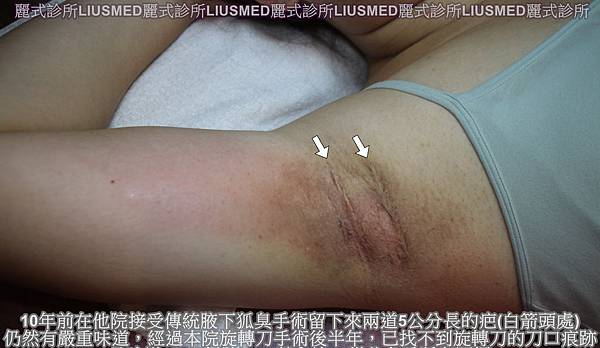
Revision surgery reopening
(Case Sharing on 2015.12.10) This patient underwent traditional axillary odor surgery in his hospital 10 years ago, leaving behind two 5 cm long scars (at the location indicated by the white arrow), but still had serious odor.
After half a year of undergoing rotary shaver surgery at our hospital, the incision site of the rotary shaver could not be found, and the odor was removed by more than 99% (according to the patient’s self-report, there was no odor at all). From then on, he was free from the trouble of odor. With the progress of technology and surgical techniques, the misunderstandings that existed in people’s minds in the past, including “unable to remove permanently,” “will definitely recur,” “sweat or odor will be transferred,” etc., have now become past tense. My personal opinion on odor surgery is cleanliness first. I choose to make it very clean so that the patient has no odor at all.
For the treatment of genital odor/unpleasant odor, you can refer to:Genital Odor (Genital bromhidrosis) Treatment-Minimally Invasive Odor Surgery
The introduction and pre- and postoperative precautions of minimally invasive rotary shaver odor surgery can be referred to in this article:Minimally Invasive Rotary shaver Odor Surgery
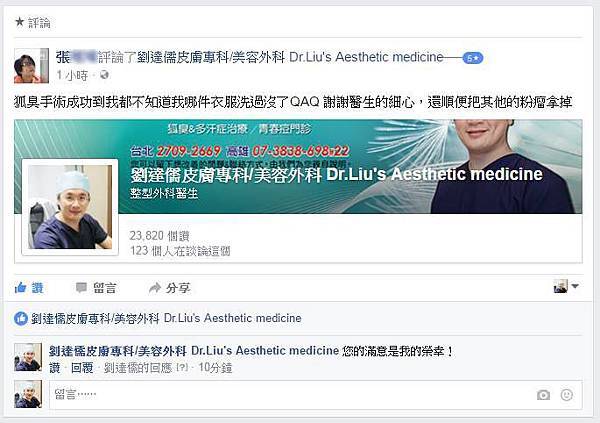
(Successful case sharing: The odor surgery was successful that I don’t even know if my clothes have been washed…)




